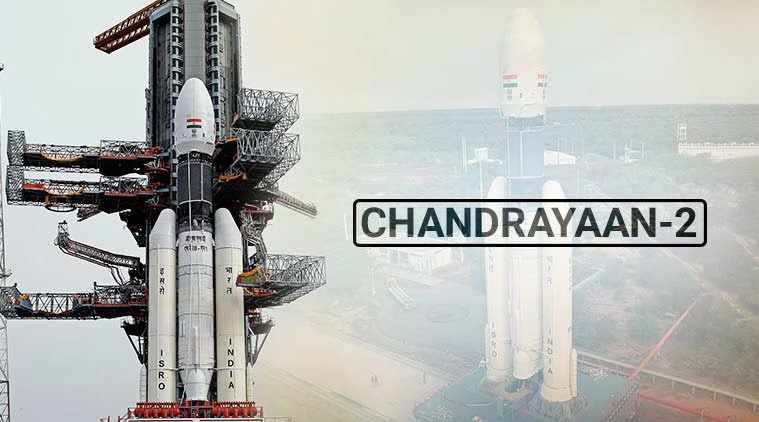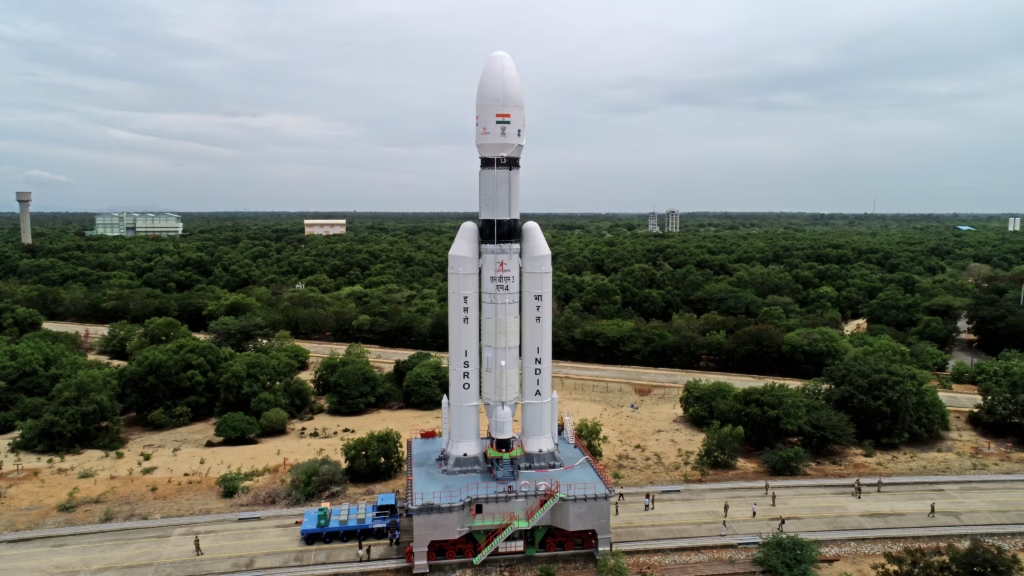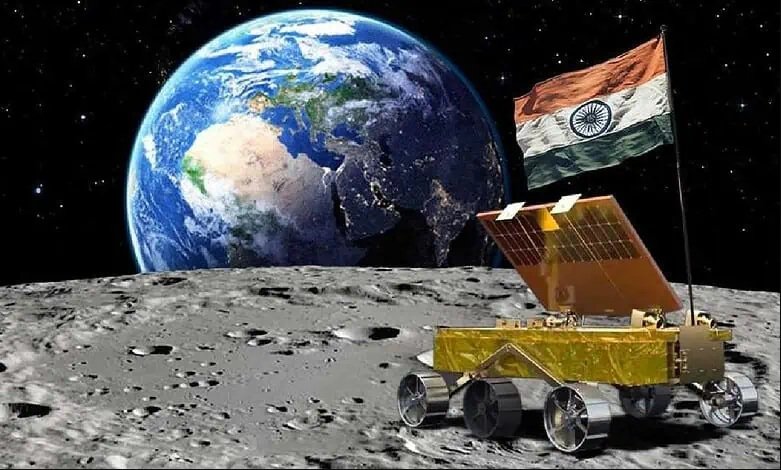India’s ambitious lunar missions, Chandrayaan-1, Chandrayaan-2, and Chandrayaan-3, reflect the country’s scientific curiosity, technical brilliance, and rising stature in space exploration. These missions, led by ISRO, have placed India firmly on the global map of lunar research.
Chandrayaan-1 (2008)

India’s first mission to the Moon
Launched on 22nd October 2008, Chandrayaan-1 was India’s first attempt at exploring the Moon and was a major success.
Key Achievements:
Discovered water molecules on the lunar surface, a landmark finding that changed the way scientists viewed the Moon.
Conducted high-resolution mapping of the lunar surface using 11 scientific instruments from India, the USA, and Europe.
Operated successfully for 312 days — exceeding expectations for a debut mission.
Chandrayaan-2 (2019)

India’s first attempt at a soft landing
Chandrayaan-2 launched on 22nd July 2019 with three parts: an orbiter, a lander (Vikram), and a rover (Pragyan). Though the lander lost communication just before touchdown, the orbiter remains fully functional and continues to send valuable data.
Key Achievements:
The orbiter successfully studies the Moon’s surface, exosphere, and minerals.
Its instruments help in mapping water ice and measuring the Moon’s surface temperature.
The mission demonstrated significant advancements in lunar entry and orbital insertion technology.
Chandrayaan-3 (2023)

India’s first successful soft landing on the Moon
After learning from Chandrayaan-2, ISRO launched Chandrayaan-3 on 14th July 2023, and it successfully landed near the lunar south pole on 23rd August 2023 — a first for any country.
Key Achievements:
India became the first country to land a mission near the Moon’s south pole.
Fourth country in the world to achieve a soft landing on the Moon (after USA, Russia, and China).
Rover Pragyan carried out elemental analysis, including detection of sulphur — a first on the lunar surface.
Conclusion
The Chandrayaan missions showcase India’s commitment to deep space exploration and scientific discovery. Each mission has been a step forward — pushing boundaries, learning from challenges, and celebrating triumphs. Together, they symbolize India’s lunar legacy and future aspirations in interplanetary exploration.









